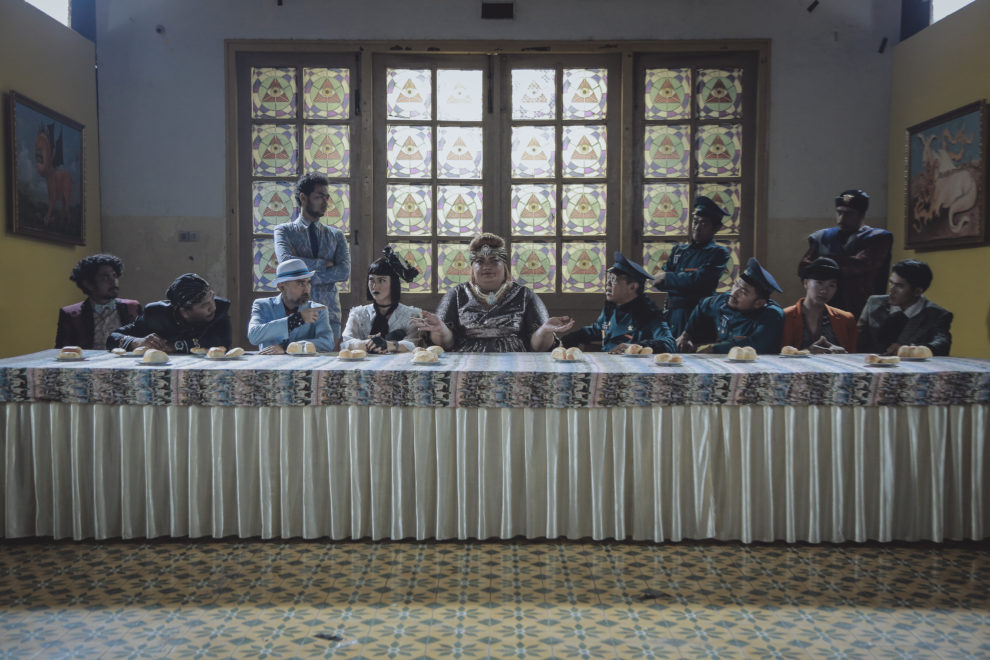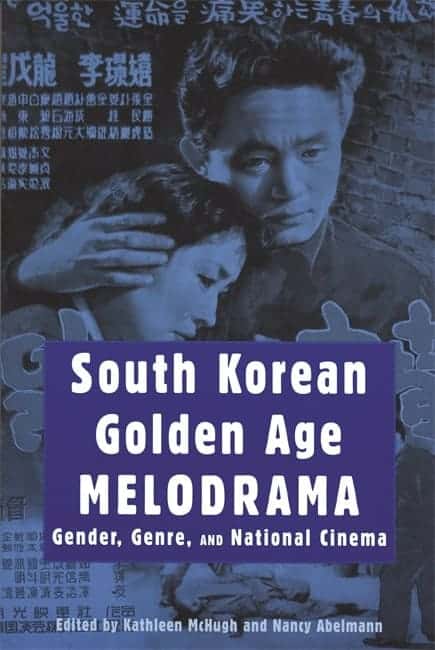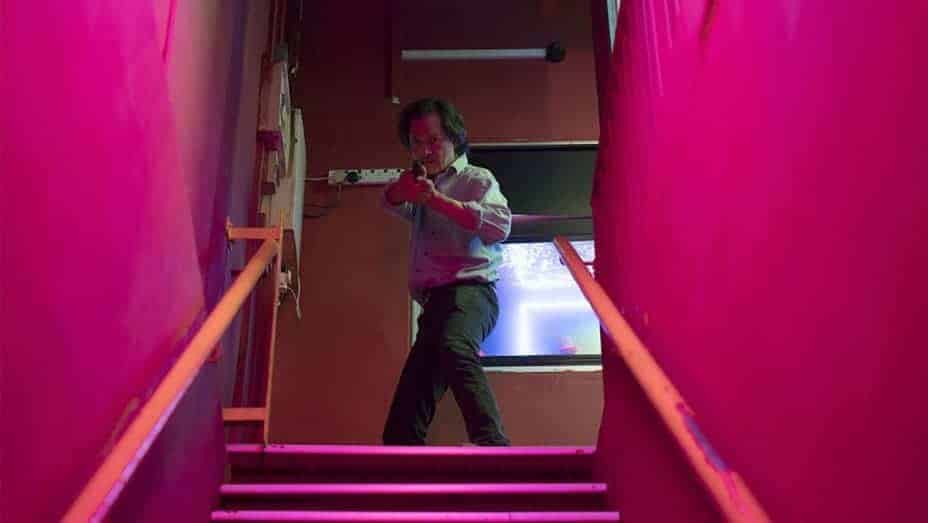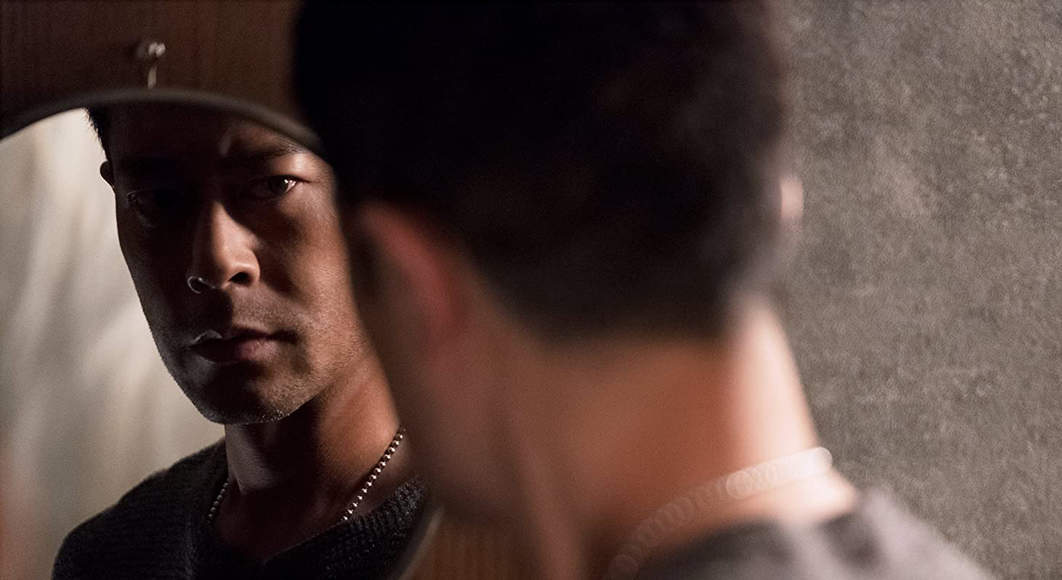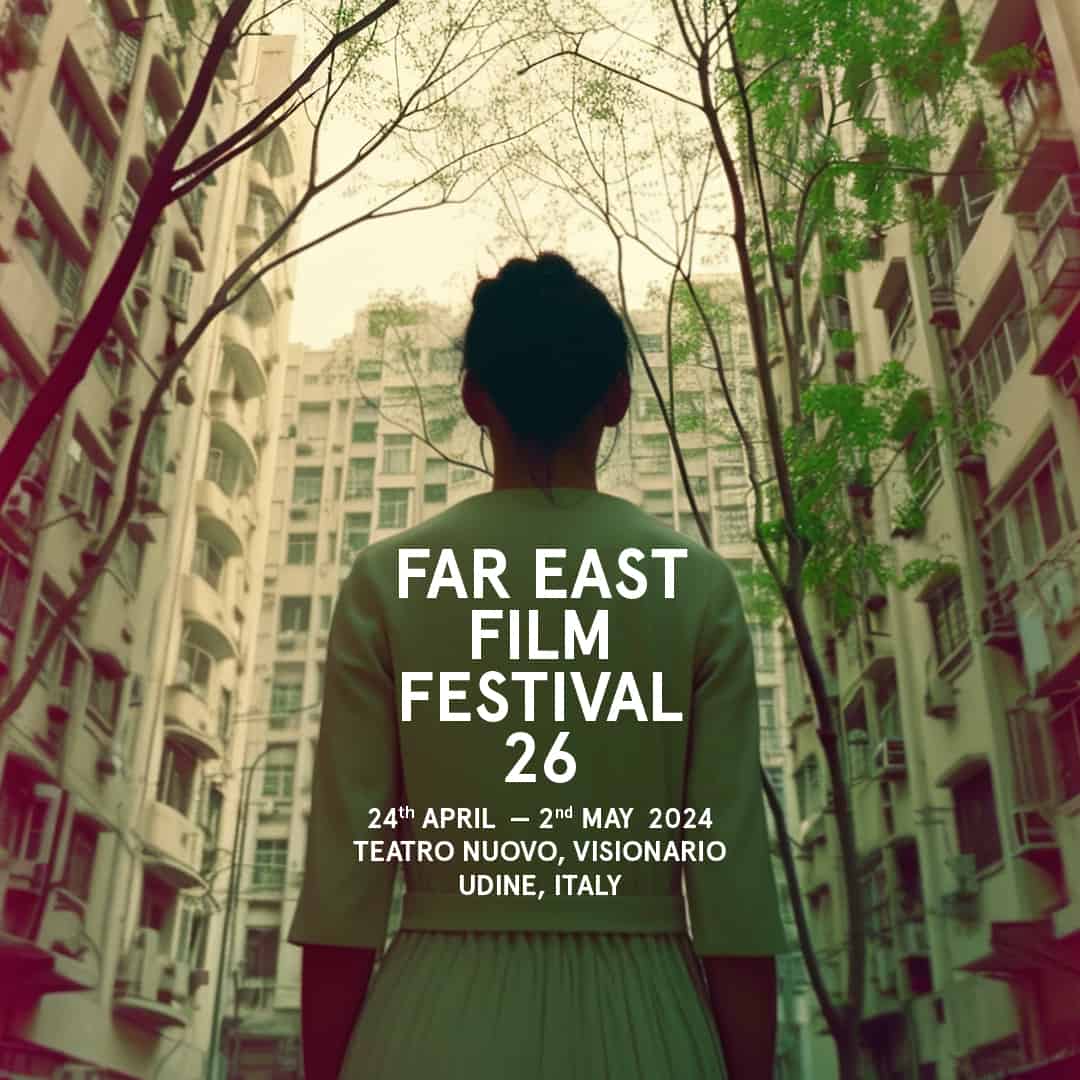Faozal Rizal has made a name for himself in Indonesian cinema as a cinematographer, in productions like “Salawaku” and “Kartini”. Occasionally though, he also sits in the director's chair, with his latest endeavor being “Abracadabra”, a film that seems to follow the style of Wes Anderson, although through a distinct Indonesian flavor that also entails much surrealism.
Abracadabra is screening at New York Asian Film Festival

The film follows the story of Lukman, a magician, and of a magic wooden box that another, older magician, Barnas, has convinced the local police chief to confiscate. During one of Lukman's shows, that the two men also attend, he asks a young boy to get into the aforementioned box to make him disappear. The trick is successful, but Lukman finds himself unable to bring the boy back, as he is nowhere to be found. The police chief sees the event as an opportunity to arrest him for kidnapping, and Barnas to take over the box. Thus, a game of cat-and-mouse begins that transcends time and space, while a tiger that used to be part of the show also play a key role as does a young woman that also appears from the box eventually, Sofnila.
Faozan Rizal, being a cinematographer himself, has really invested on this aspect, and Gandang Warah work in the department is truly magnificent, in a style that mirrors much that of “Grand Budapest Hotel” but also presents frames their quality is nothing short of actual paintings, with Dali rising as a main inspiration here. Furthermore, the coloring, which is dominated by hues of orange and pink, is equally impressive and is the one that actually gives the movie a children-oriented essence. The artistry also extends to Hagai Pakan's work in the costumes, which occasionally follow the style of burlesque and the exceptional art direction of Vida Sylvia Pasaribu, whose sets are a joy to watch. Lastly, top-notch work has also been done in location scouting, with the film featuring a number of stunning settings.
The narrative however, and particularly the script have some issues, since the story, after a point, becomes quite difficult to follow as it unfolds more like a collage of Rizal's ideas than a compact story. The episodic nature of the narrative seems to “wink” at children's movies, but the surrealism implemented actually covers this aspect and results in a film that is quite pleasant to the eye, but not so appealing to the mind.
On the other hand, there are enough episodes and humor here to keep the viewer invested, partially at least, with the old lady in the cage, the sudden appearances of the tiger and the various secondary characters, like the post clerk and the taxi driver offering much laughter. Furthermore, Rizal has also incorporated some subtle comments in the story, particularly revolving around the corruption of the police, who are presented as ridiculous as possible, in both attitude and overall appearance. Butet Kertaradjasa in the role of the police chief embodies this elements excellently, in probably the best performance in the film. Reza Rahadian as Lukman highlights his disorientation about what is happening in hilarious fashion with the same applying to Salvita Decorte as Sofnila, although in a less humorous fashion.
“Abracadabra” highlights the fact that Rizal has not yet reached the level he has as a cinematographer in the directing/writing department, but remains an intriguing production that retains interest, for the most part, through its impressive visuals.


